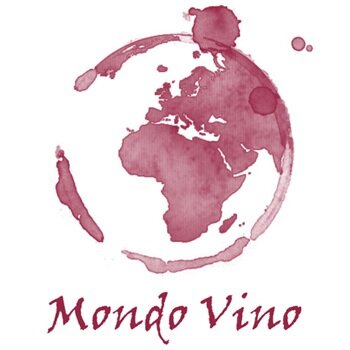EL VITICULTOR-ARGENTINA-Calchaqui Valley-Salta (Sustainable)
Daniel Guillen grew up with his family surrounded by vineyards and fruit trees in his native Mendoza. This convinced him to study and graduate as an agronomist, and since then he has dedicated himself to viticulture.
Almost two decades of harvests in Mendoza, Salta, napa Valley, Washington and Cote du Rhone have accompanied his learning in vine growing and winemaking. Today he puts his efforts to understand each terroir, cultivate sustainability, and give identity to each one of his wines.
The Calchaqui Valley, in the Argentine north-west, offers in a small sub-region, a source of diverse terroirs. With extreme heights ranging from 5900 to 9800 feet above sea level, and its characteristic arid desert climate, viticulture develops in balance with the landscape.
Within the Calchaquí Valleys you are surrounded by colourful mountains and mineral-rich hillsides in either direction. The brightly coloured hillsides with their psychedelic hues of pink, purple, green and yellow are a tourist attraction in their own right, but also make quite a striking background for vineyard visits.
In the same way that the pinstriped hills alternate between different coloured mineral deposits, the soils of the Calchaquí Valleys are just as varied. Pockets of pebbles, rocks and limestone can be discovered in many vineyards, accompanied by well-draining sandy-loam soils.
Combine this poor soil with the incredibly dry weather and the enormous thermal amplitude, and you have a wine region that naturally produces low yields of healthy and concentrated grapes. The Calchaquí Valleys may only represent 2% of the country’s vineyards, but they claim a disproportionate share of Argentina’s wine awards due to the natural concentration, character and refreshing acidity of the wines.





